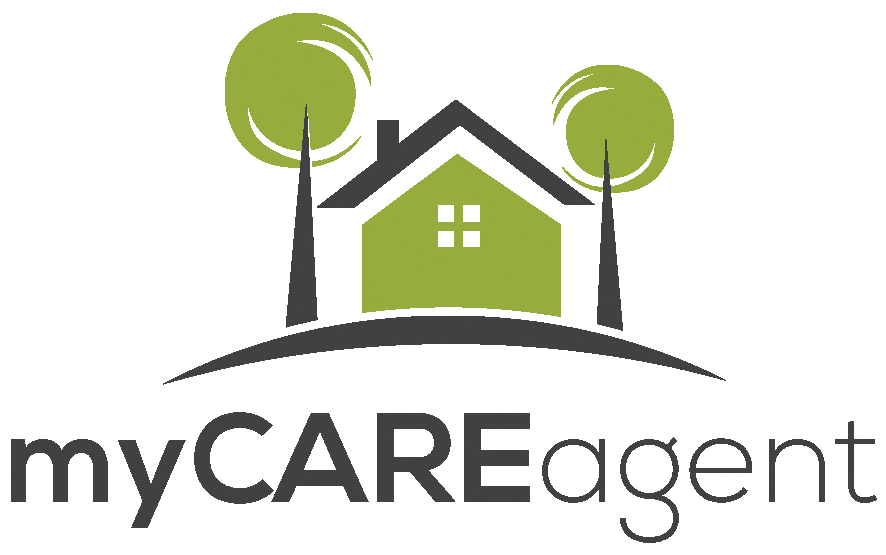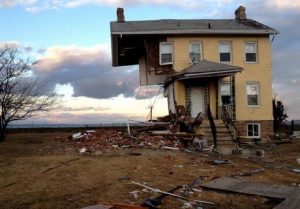
The practice of demolishing a home to build another has changed significantly since the Great Recession. Sometimes it’s smarter to demolish a major fixer rather than remodel it, and sometimes not.
Teardowns are hardly new. In the late 1990s and early 2000s, entire blocks and neighborhoods were bulldozed to make room for new, larger, and more luxurious houses. This often made economic sense when the price of land was valued higher than the existing house and where extensive remodeling wasn’t cost-effective. Many saw a higher return on investment when starting from the ground up.
But the recession of 2008 put a serious halt to this trend. Even before that, many communities experienced a backlash in response to a wholesale change to the character and scale of local housing stock.
They're Back!
But you may have noticed, in many California neighborhoods, teardowns have roared back. As the housing market also returns, the same old value proposition comes back into play, and single-family homes aren’t the only teardown target. Some older condominium and apartment buildings are being sold for the same reason — the land underneath has greater value than the housing above. Owners realize that they can get more money by selling the building to a developer than they could by each selling condo or collecting rental income.
Yet, there are noteworthy differences this time around. Take time to understand how the market for teardowns has changed.
Learn Local Rules
Since the recession, many communities have instituted or are considering tougher zoning laws to avoid new houses gobbling up too much of a vacant site. The most common restrictions involve the Floor Area Ratio or FAR. Many also want to stop the practice of subdividing a lot into too many homes.
In Los Angeles, anti-mansion ordinances limiting square footage have been in place in certain neighborhoods for about 10 years but are becoming more widespread and strict. A homeowner can’t get a building permit without approval from the L.A. Department of Building and Safety, and even before that, neighborhoods with design review boards are the first checkpoint in the process. The goal is to reduce the new homes’ volume or appearance of volume by limiting both the square footage that can be built on a lot and certain features like height and high retaining walls. Both tall walls and oversized homes on small lots can dwarf nearby houses and change a neighborhood’s texture.
The city doesn’t leave anything to chance, inspecting work throughout construction to be certain it conforms with the approved plans. Staying abreast of code changes can be a full-time job.
Know What You’re Getting Into
New trends that have emerged since the recession could influence teardown choices. Neighborhoods with more affordable housing on small lots and with high walkability have now become teardown magnets. Some of the new homes going up are actually smaller than the ones they’re replacing. Less has become more, because of both the constricted smaller lots and the buyers who are putting more money into higher-quality construction. Los Angeles is witnessing both smaller and bigger post-teardown homes; smaller on infill lots in areas closer to downtown and larger in areas with more land such as the west San Fernando Valley.
In addition to a shift in average sizes, there are more rigorous financial challenges that could push a teardown — or at least a custom-designed replacement — over budget. Mortgages have become much tighter, and with the run-up in prices recently, many buyers can’t afford to put 20 percent down. There are many variables to consider when building any home from scratch, you have to find a site, secure permits and approvals, take down a house, and build, which may require as long as two years. If time equals money, then delays are a major expense.
If you aren’t sure whether you want a gut rehab or a do-over, it’s important that you identify the tipping point for when a remodel becomes a teardown. There’s no single checklist, but too many changes translate to a red flag. Watch out for a lack of “good bones” or structural soundness, design flaws and functional obsolescence, windows and mechanical systems, and unpermitted additions. It becomes too expensive to buy, redo, and compete with newer homes. The average return on investment is generally higher for new versus remodeled, and brings with it less work and fewer unknowns regarding condition and costs.





0 Responses
A very illuminating article. Often times I’ve come across buyers that will jump on hasty decision to remodel old houses, betting on a pseudo-historical value just because the building has a couple of decades under its belt, disregarding the position and actual viability of the house.
I didn’t know taht old houses were more valuated than the remodeled ones, it’s good to know that.